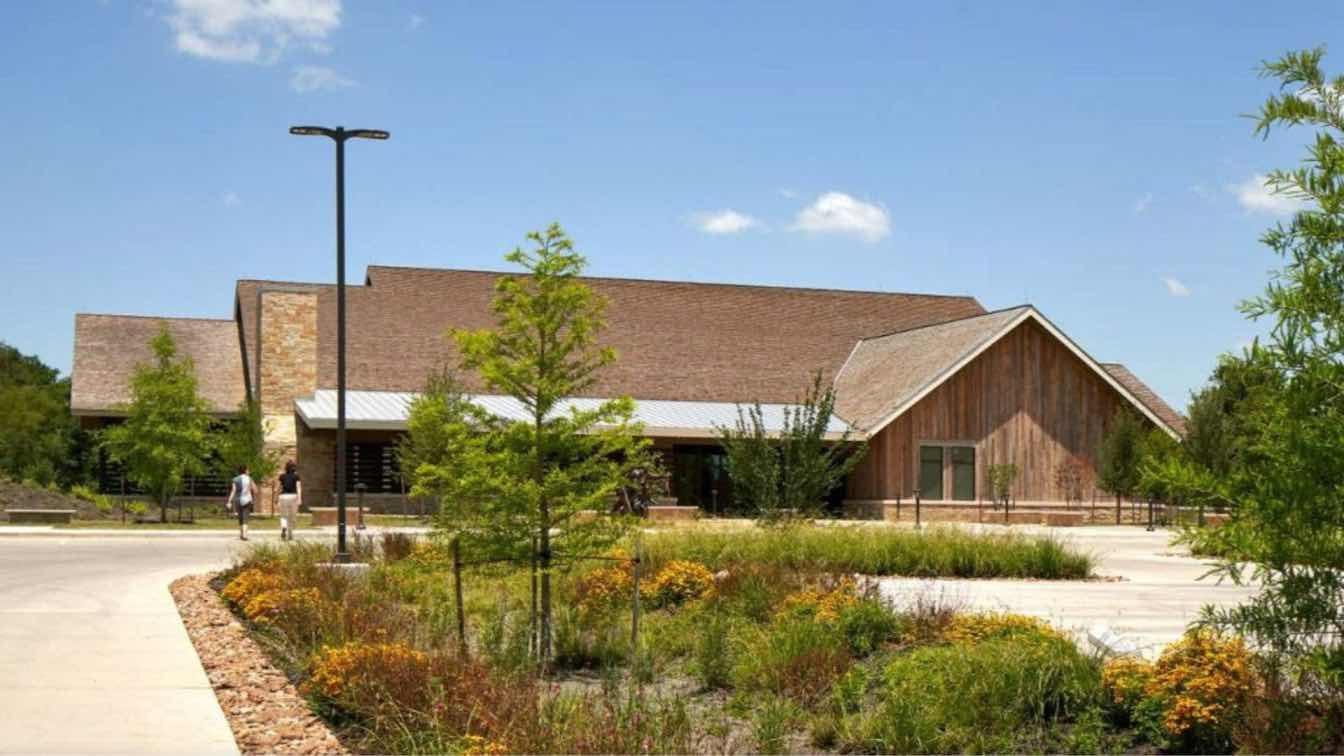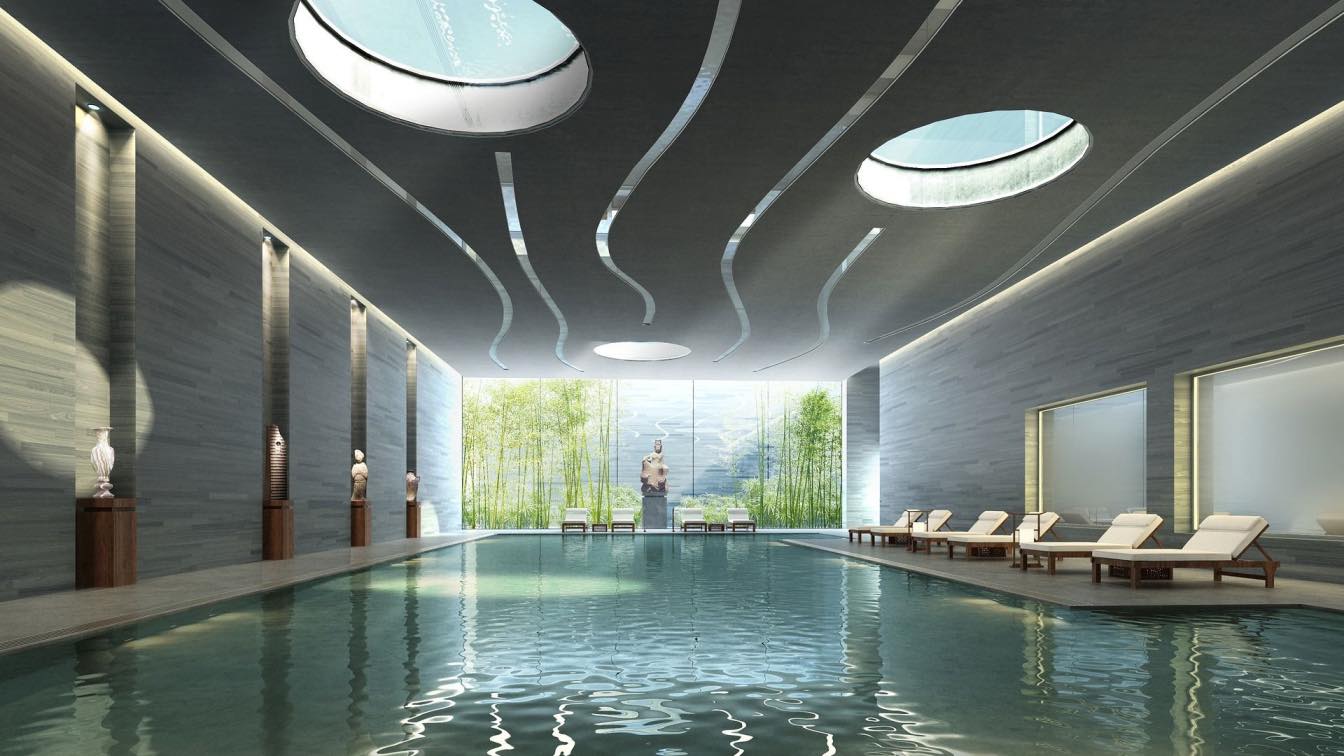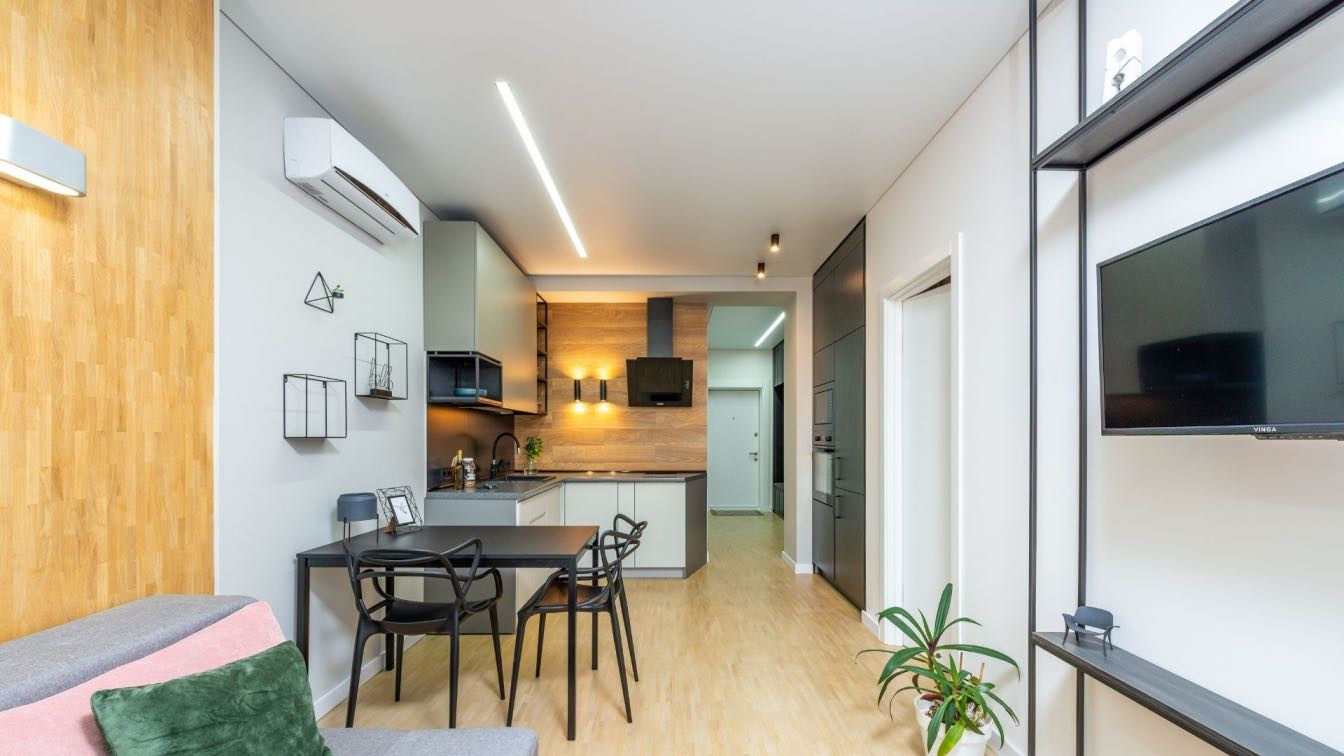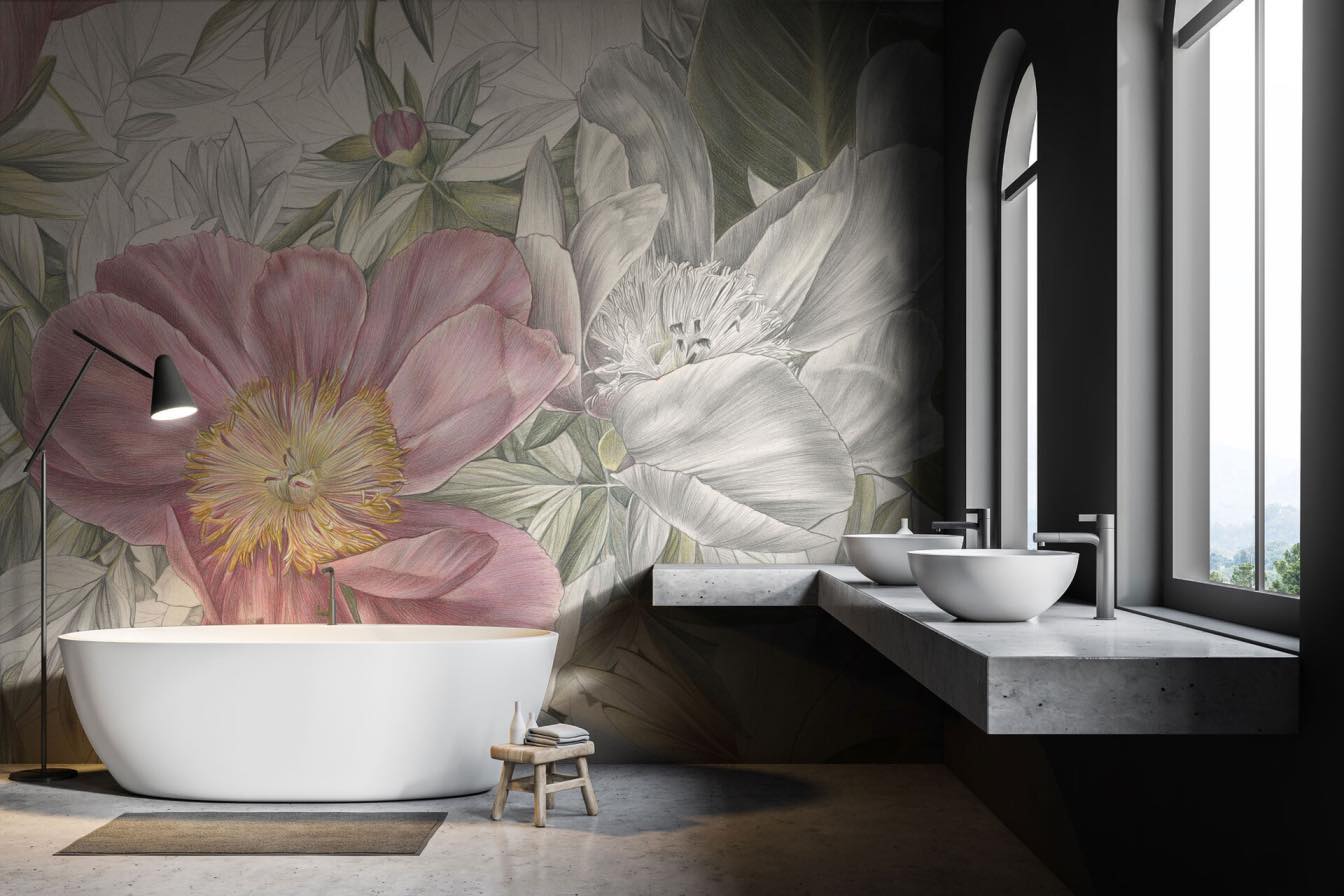Sustainable design is no longer a niche concept in architecture; it has become a pervasive force, reshaping how we approach construction in our built environment. The origins of this design philosophy can be traced back to the earliest human settlements, where our ancestors ingeniously crafted structures that seamlessly blended with their immediate environment. They leveraged natural materials to construct homes that provided warmth in winter and coolness in summer, employing clever design strategies to optimize natural light and ventilation.
However, as societies became industrialized, a significant shift took place. Construction began to favor energy-intensive materials like concrete and steel, largely disregarding their environmental impact. It was not until the 1960s and 70s, amid the burgeoning environmental movement, that sustainable design resurged as a priority. Visionaries like Buckminster Fuller laid the groundwork, emphasizing energy efficiency, renewable materials, and holistic design approaches. Since then, sustainable design principles have evolved, becoming integral components of contemporary architectural projects.
In present-day architecture, the imperative to address environmental concerns has propelled sustainable design into the limelight. Buildings like the Bullitt Center in Seattle and the Pixel Building in Melbourne showcase innovative features driving this trend, including solar panels, rainwater harvesting, green roofs, and natural ventilation systems. Technological advancements further expedite this shift, providing architects with tools to create energy-efficient and environmentally responsible structures.
 image © Lord Aeck Sargent Planning & Design
image © Lord Aeck Sargent Planning & Design
Vishwesh Panchal is one contributor to this contemporary movement in sustainable design. His journey into architecture has been guided by a profound sense of purpose—to positively contribute to the built environment. His mission centers on advocating for thoughtful design that enhances the lives of occupants and seamlessly integrates with the surrounding context. Promoting a holistic approach, Panchal underscores the importance of considering environmental impact, community well-being, and aesthetic excellence, delivering a message of inspiration, upliftment, and resonance with the human experience through his work.
Panchal's career has been shaped by a distinctive fusion of artistic inspiration and functionality, nurtured through a creative upbringing in a family of artists and builders immersed in the architectural wonders of Vadodara, India. A transformative encounter with the pioneering modernist and brutalist architect Balkrishna Doshi at his iconic Sangath building ignited his passion for architecture. During his academic journey in the United States, which included studies at Montana State University and the University of Houston, Panchal refined his skills under the guidance of Professor Henry Sorenson. Professor Sorenson became an influential figure in Panchal’s professional journey, significantly broadening his understanding of architecture as both an art and a science. Panchal owes a considerable part of his drawing talent and the trajectory of his career as an architect to the invaluable lessons and inspiration he received under the guidance of Henry Sorenson. Panchal realized the essence of architecture lies in the liberation of ideas, flowing freely from the mind onto a piece of paper with the stroke of a pen, where sketches become the canvas for creative expression and design innovation. Later, Panchal chose his concentration in Sustainable Urban Systems for this master's degree, making a lifelong commitment to the betterment of urban architecture.
 image © Lord Aeck Sargent Planning & Design
image © Lord Aeck Sargent Planning & Design
Throughout his career, Panchal's contributions to environmentally responsible architecture have left an indelible mark. His portfolio, enriched by collaborations with esteemed firms such as Lord Aeck Sargent and Perkins+Will, boasts iconic projects. Notable among these is the Travis County Probate Courthouse, which received a Preservation Award for Rehabilitation and Sustainability. Additionally, his involvement in redesigning K-12 educational spaces, exemplified by the acclaimed Round Rock Independent School District McNeil High School, earned accolades, including a Star of Distinction in Design, Value, and Planning. In his current role at the global firm Arcadis, Panchal continues to make a significant impact in sustainable architecture. Projects like the CPC Kingsway South Phase in Burnaby, Canada, involving the creation of mixed-use high-rise towers with over 700 residential units, exemplify his dedication to international sustainability.
 image © Arcadis Architects
image © Arcadis Architects
Panchal's enduring dedication to sustainable design is unmistakable, contributing to a movement that, for over sixty years, has been committed to creating buildings and spaces that minimize the negative impact on the environment, promote social well-being, and contribute to economic viability. Panchal’s impactful contributions in this realm span from preserving historic landmarks to renovating innovative educational spaces and participating in notable residential projects. As the architectural landscape continues to evolve, Panchal continues to contribute to the advancement of his field, championing a better tomorrow through his finesse and unwavering devotion to sustainable design principles. The seamless integration of environmental consciousness, community well-being, and aesthetic excellence stands as a testament to the sustainable synergy defining the future of contemporary architecture. Through his life-long commitment, Vishwesh Panchal continues to contribute to this transformative vision, positioning himself at the forefront of a movement that promises architectural innovation and a profound positive impact on our collective future.
 image © Vishwesh Panchal
image © Vishwesh Panchal





